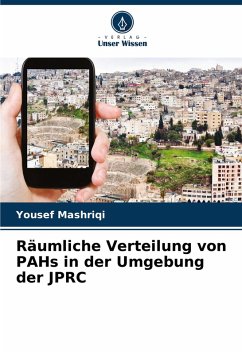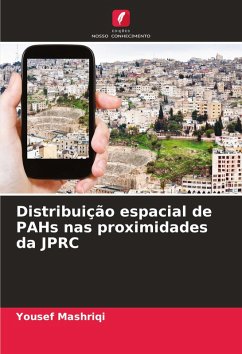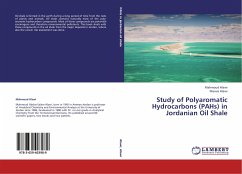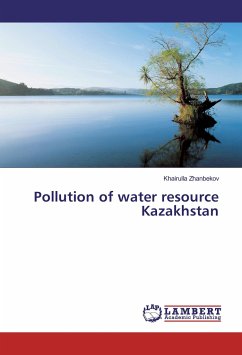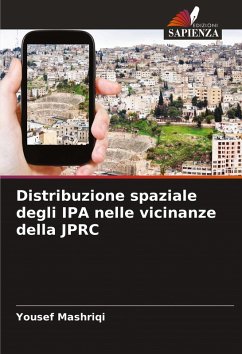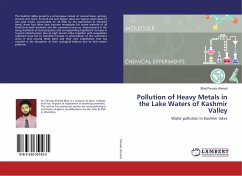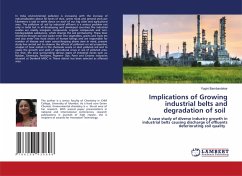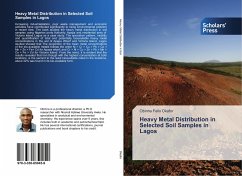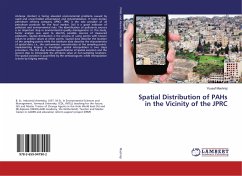
Spatial Distribution of PAHs in the Vicinity of the JPRC
Versandkostenfrei!
Versandfertig in 6-10 Tagen
33,99 €
inkl. MwSt.

PAYBACK Punkte
17 °P sammeln!
Al-Zarqa (Jordan) is facing elevated environmental problems caused by rapid and uncontrolled urbanization and industrialization. It hosts Jordan petroleum refinery company (JPRC). JPRC is the sole provider of all petroleum products for the local market. Soil is a good indicator of pollution and environmental risks. The identification of pollutants sources is an important step in environmental quality management. In this study, factor analysis was used to identify possible sources of measured pollutants. Spatial distribution is the process of using points with known values to predict values at ...
Al-Zarqa (Jordan) is facing elevated environmental problems caused by rapid and uncontrolled urbanization and industrialization. It hosts Jordan petroleum refinery company (JPRC). JPRC is the sole provider of all petroleum products for the local market. Soil is a good indicator of pollution and environmental risks. The identification of pollutants sources is an important step in environmental quality management. In this study, factor analysis was used to identify possible sources of measured pollutants. Spatial distribution is the process of using points with known values to predict values at other points. Spatial data describe the location of the sampling points while the attribute data describe the characteristics of spatial data, i.e., the contaminate concentration at the sampling points. Implementing Kriging to investigate spatial interpolation is two steps procedure. The first step involves quantification of spatial variation and the second step to interpolate the attribute value at non-sampling locations. The spatial variation is quantified by the semivariogram; while interpolation is done by Kriging method.



